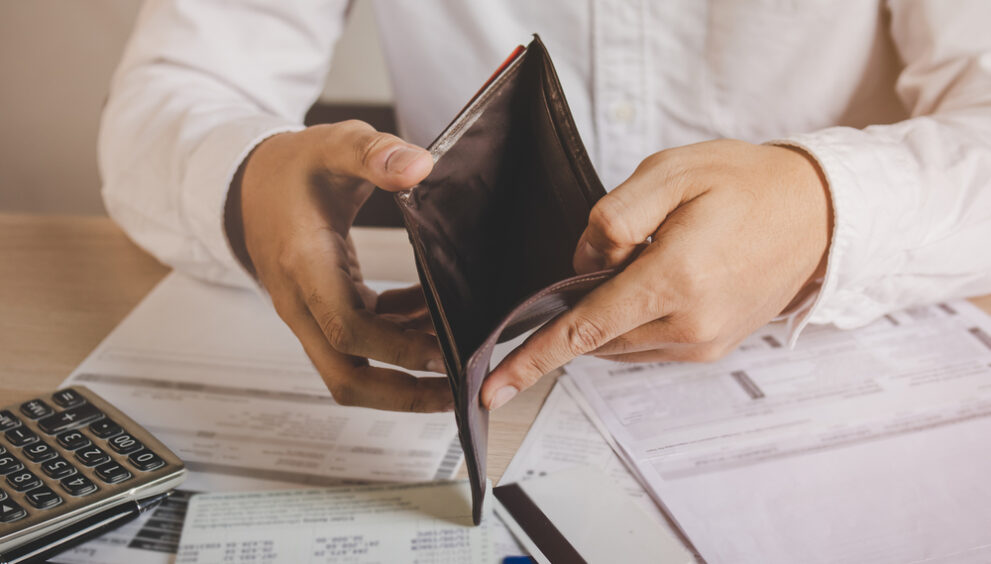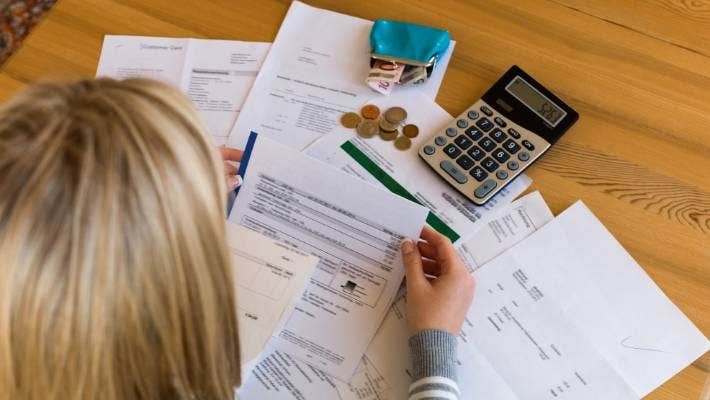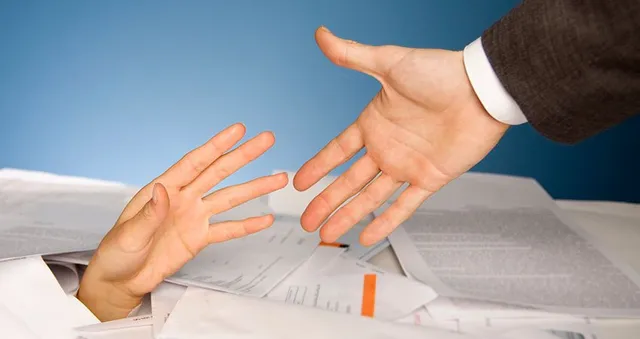Understanding How to Navigate Personal Bankruptcy

When it comes to personal bankruptcy, navigating the process can be daunting and overwhelming. But with the right information and resources, filing for bankruptcy can be a new beginning. Today we will discuss the necessary things to help individuals on their journey toward rebuilding their financial future. With an understanding of both the process and potential impacts, filing for it can lead to a fresh start.
To be eligible for a bankruptcy filing, you must meet certain criteria such as having enough disposable income each month to make payments on your debts or lack thereof and not having previously filed for either Chapter 7 or Chapter 13 within the last 8 years. Additionally, certain types of debts cannot be discharged through it such as student loans, child support obligations, alimony payments, etc, must still be paid even after filing its protection.
Preparation Filing
Filing for bankruptcy can be a daunting process, but understanding the steps involved can make it much easier. The first step is to determine which type of bankruptcy best suits your financial situation. Depending on your income level, assets, and debt load, you may qualify for either Chapter 7 or Chapter 13 bankruptcy. For example, if you have more assets than allowed by Chapter 7 but also have enough disposable income to pay off some of your debts, you may qualify for Chapter 13. Working with an attorney who specializes in personal bankruptcies can help you determine which type is right for you.

Once you know which type of bankruptcy filing is right for you, it’s important to gather all the necessary documents and information needed to file. This includes:
- a completed budget form showing monthly income and expenses.
- a list of assets including vehicles and their values.
- evidence of any recent financial transactions such as transfers from bank accounts or home sales.
- proof of income.
- tax returns from the last two years.
- credit reports from each credit reporting agency.
- payment histories for secured debts such as mortgages or car loans.
- any other documents related to your finances.
Next, finding the right attorney is essential. It’s important to research attorneys thoroughly before deciding who will represent you in court look into their experience, success rate, fees charged, etc, and make sure they specialize in personal bankruptcies so they understand this area of lawfully. Once you choose an attorney they will review your documents and provide advice on how best to proceed with your filing.
Lastly, once all paperwork is ready it’s time to file with the court using forms provided according to local procedures. You must submit all required information including schedules outlining all assets owned by the debtor and their estimated values, liabilities owed by the debtor and how much has been paid, sources of income received over the past six months, and expected future income, as well as any other information requested by the court or trustee appointed by them during proceedings. Once filed properly with the court system, individuals should receive confirmation that their case has been accepted within several weeks or months depending on location and jurisdiction laws.
Resources Support
When filing for bankruptcy, it is important to research all of the available resources and support systems. Counseling services, credit repair organizations, and government programs can be invaluable for individuals facing financial hardship. Consulting legal professionals can help one understand their rights and responsibilities in the process, while support groups specialize in financial issues or personal bankruptcy.

Online financial tools and resources are also a great way to manage finances going forward. Credit counseling services offer free budgeting advice and debt management plans that can help individuals rebuild their credit scores after filing for bankruptcy. Additionally, many websites provide access to calculators that allow people to track spending habits as well as estimates on how long it will take to pay off debt.
Organizations like the National Foundation for Credit Counseling (NFCC) offer workshops, webinars, and other educational materials on topics related to bankruptcy that can guide the process. The NFCC also provides a directory of certified counselors across the country who specialize in helping people navigate financial challenges.
Lastly, seeking out support from family members or friends who have gone through similar struggles can be helpful too. Having someone to talk with about money problems can make navigating a difficult time easier. With these resources at hand, individuals filing for personal bankruptcy can have a better understanding of the process and access to the right help they need to start fresh.
In conclusion, filing for it can be an overwhelming process, but it doesn’t have to be. With a better understanding of the different types of bankruptcies available, the criteria for filing, and the potential consequences of doing so, individuals can make informed decisions about their financial future. It is important to remember that filing for personal bankruptcy is not a failure, but rather an opportunity to start fresh.
































































































































































































































































































































































































































































































































































































































































![Fixing [pii_email_aa0fea1a78a192ae7d0f] Microsoft Outlook Error](https://www.huffenpost.com/wp-content/uploads/2023/03/What-Causes-the.jpg)
![Fixing [pii_email_aa0fea1a78a192ae7d0f] Microsoft Outlook Error](https://www.huffenpost.com/wp-content/uploads/2023/03/How-to-fix-the-1-1024x1024.webp)
![Quick fixes for the [pii_email_dbd9dd084703ead3b9cf] Mail Error](https://www.huffenpost.com/wp-content/uploads/2023/03/How-to-Avoid-pii_email_b6b14f95f44a83737071-Outlook-Error-1024x576.jpg)
![How to fix the [pii_email_bbf95bff57a974a71da8] in Microsoft Outlook?](https://www.huffenpost.com/wp-content/uploads/2023/03/How-To-Solve-The-pii_email_9e750e335dfd9d75badb-Outlook-Error.webp)
![How to solve the [pii_email_b6b14f95f44a83737071] Outlook Error](https://www.huffenpost.com/wp-content/uploads/2023/03/How-to-Avoid-pii_email_b6b14f95f44a83737071-Outlook-Error.png)
![Ways to fix the "[pii_email_1fb861393abed78ab415] Error](https://www.huffenpost.com/wp-content/uploads/2023/03/pii_pn_56e685559f213991c933-Error-Causes-and-Solutions2.jpg)
![How to Fix the [pii_email_e2f55b4aa7bb667da6d9] Error](https://www.huffenpost.com/wp-content/uploads/2023/03/How-to-fix-the.webp)
![What Everyone Should Know About [pii_email_59ea919492dfc2762030]](https://www.huffenpost.com/wp-content/uploads/2023/03/pii_email_aa0fea1a78a192ae7d0f-Email-Error-and-Its-Solutions-1024x683.jpg)
![How to Fix the [pii_pn_5359771d15a46e7b88bf] Outlook Email Error](https://www.huffenpost.com/wp-content/uploads/2023/03/pii_email_57a4a2f20ec6813a8481-SMTP-Error-Solution-2.jpg)


























































































